The final mode of the major scale is the Locrian mode. Or as we here at Strings of Rage used to call it “The Dreaded Locrian Mode”.
This is because the Locrian mode tends to be quite dissonant and can be tricky to use. Some books, websites and instructional dvd’s that we’ve come across even omit Locrian entirely! Some have even mentioned it briefly and then moved on!
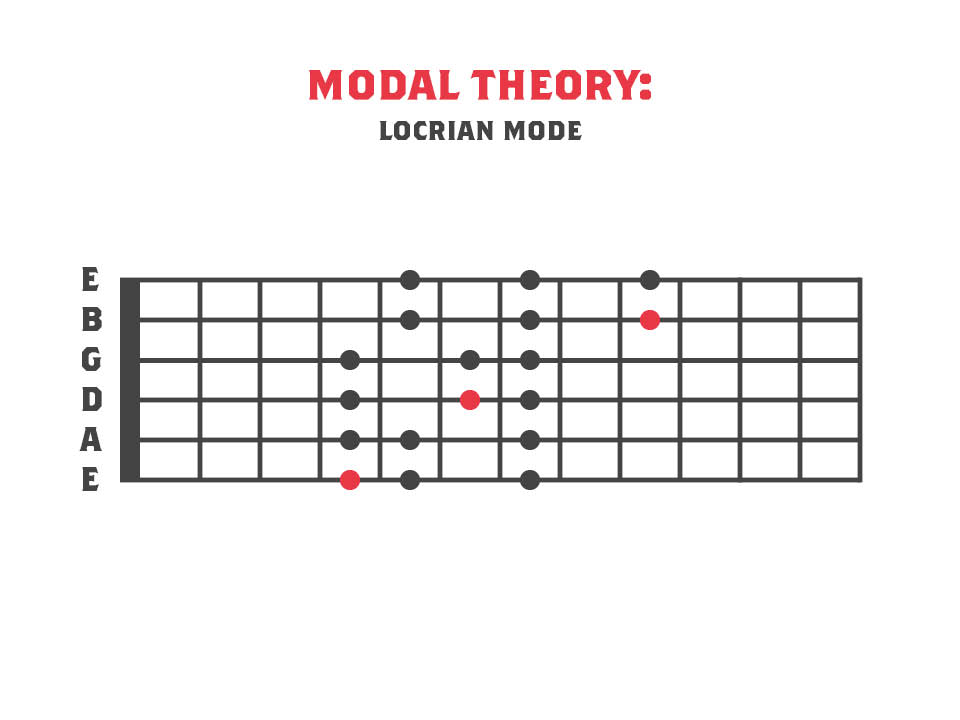
Here is the first octave ascending and descending:
Creating Dissonance With Locrian
The reason Locrian has a bit of a dissonant sound is because it has a minor 2nd and also a diminished 5th. The chords which stem from it are the Diminished triad and the Minor7(flat5) chord.
In the key of C major we get the B Locrian Mode:
B – C – D – E – F – G – A – B
The intervals are:
H – W – W – H – W – W – W
Due to it’s flat 2 when ever you land on the root note of Locrian it feels like it wants to resolve up to the second note C. For example in B Locrian the B feels like it should resolve to C. This would give us an Ionian feel, i.e C Major because B is the 7th and C is the root. This makes it difficult to maintain a ‘Locrian’ sound because melodies you write in this mode will sound unresolved.
Once you get used to it this can be a blessing in disguise if you are writing something dark or sombre. This Mode can be very useful in Metal, especially Death Metal. You can also use it in other genres if you’re looking to evoke a darker feeling.
Application of The Locrian Mode
Locrian will work well over a diminished chord or minor7flat5 chord. However since these chords are often used as ‘passing chords’ they’re not usually held long enough to solo over. If we arpeggiate our chords this presents more opportunity to improvise or write a lead part using the locrian mode.
The rhythm guitar example below is a heavy 7 string riff consisting of palm muted notes on the low B string. It then adds in the notes F and C. (The diminished fifth and flat second in relation to B). In the second half D and F power chords are played. The lead guitar is playing in the B Locrian mode starting with a repeating B diminished arpeggio. It then drops into a picking run which descends and then ascends the mode before playing a bend on the note B. Finally we play a passing note on A before playing F which has a quick bend at the end before resolving to the B.
Footnote: The Guitar in the cover image is from Abasi Guitars

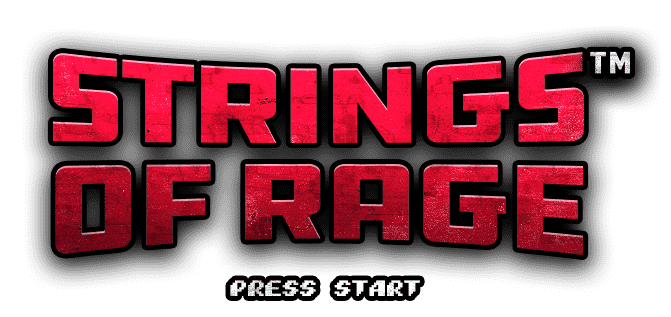
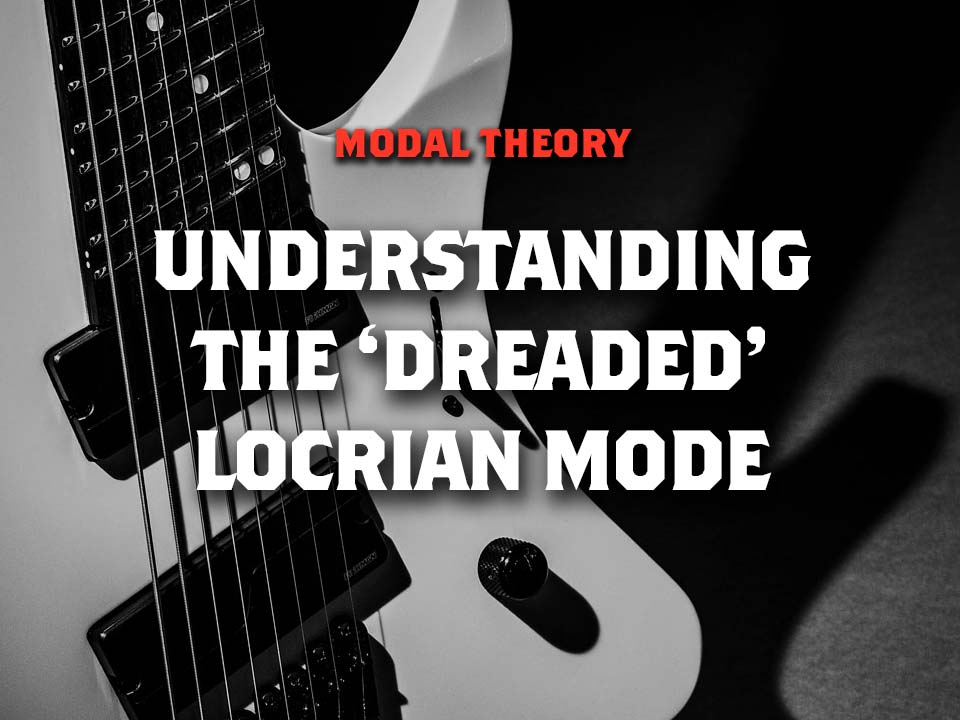
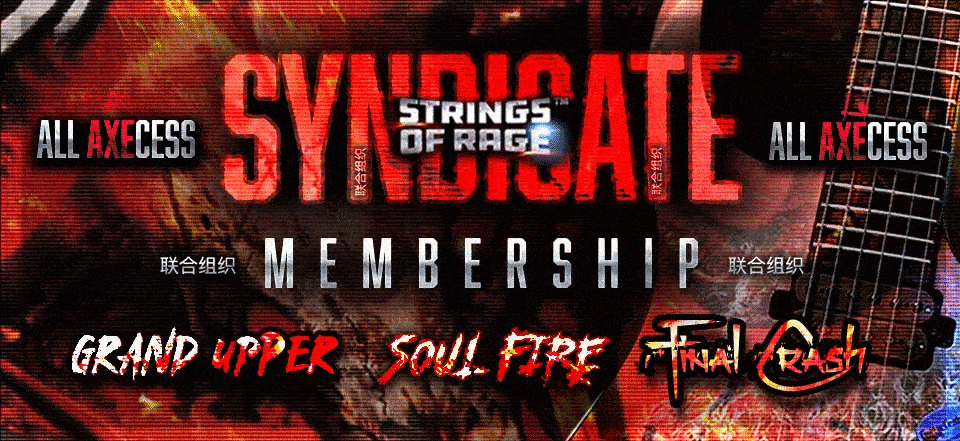

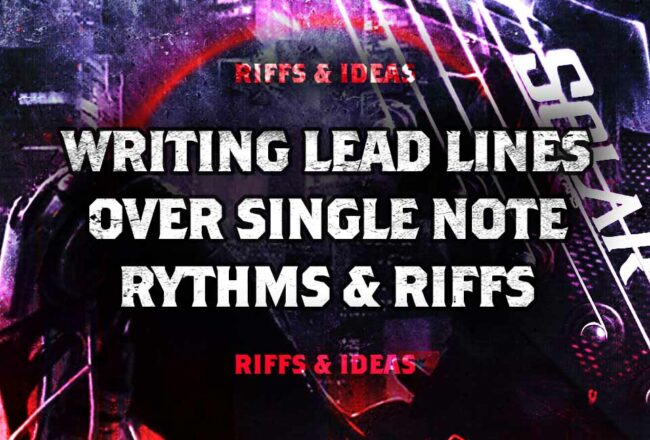
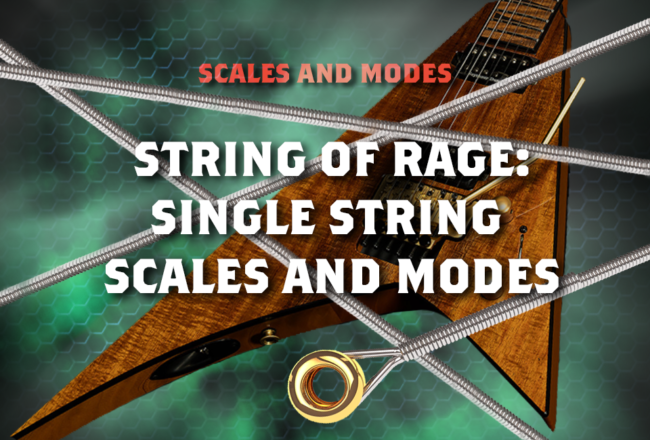
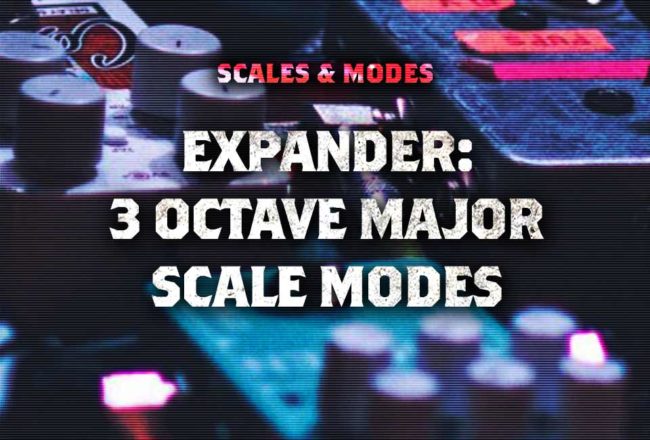
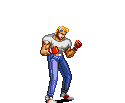


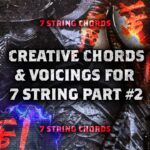


No Comment